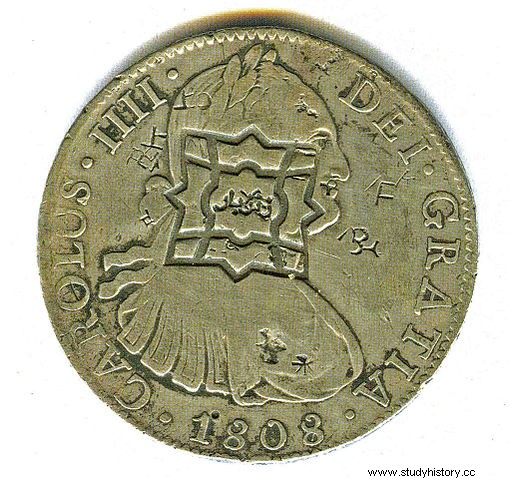Zanzibar , today a territory with some autonomy but belonging to Tanzania , is an archipelago located in the southeast of the African continent in the Indian Ocean. Since 1804 Zanzibar belonged to the sultanate of Oman but in 1856, and after the death Said bin Sultan , his two sons disputed the vacant throne. In the end, they divided the territory into two independent sultanates, Sultanate of Oman and the Sultanate of Zanzibar . The first Sultan of Zanzibar, Majid bin Said , continued with his father's policy that based his economy on the spice trade... and slaves. In 1859, another brother, Barghash bin Said , tried to overthrow the sultan but was unsuccessful and was exiled to Bombay. In 1870, after the death of his brother, Barghash bin Said became the second Sultan of Zanzibar.
He was responsible for the construction of all kinds of infrastructure (roads, running water, hospitals…) in the sultanate, especially in the capital Stone Town , and the signing of an agreement with Great Britain that prohibited the slave trade in the sultanate. The modernization of the country that Barghash undertook ran into certain problems, such as the shortage of coins in circulation. So, at the signing of the abolitionist treaty, he asked London to issue a set of coins. As the coins arrived, what Barghash did was tune up the foreign coins that circulated in the country... among them the Spanish Real de a 8 . With a punch a geometric figure was engraved and in the center of it the inscription Zanzibar in Arabic.

Real of 8 from Zanzibar
The Spanish real de a 8 was created at the end of the 15th century and was one of the most important currencies for trade in Europe, America and Southeast Asia (via the Philippines). In the US, called spanish dollar , was in force until its prohibition in 1857, being even more appreciated than the US dollar created in 1792. Without going any further, on Wall Street, the price of shares in the stock market has been measured in eighths of a dollar, due to to the Real of eight , until the end of the 20th century.
